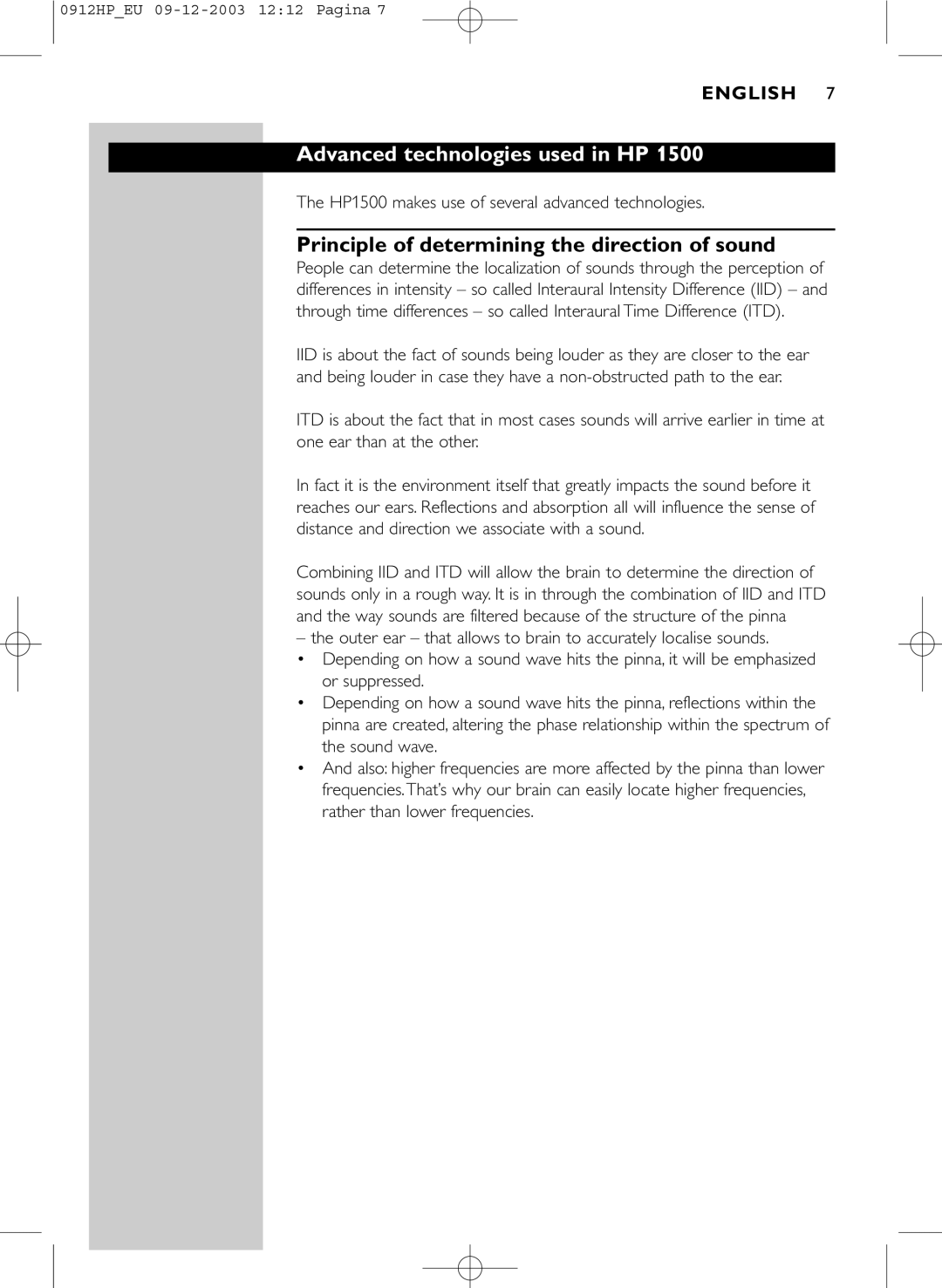HP1500 specifications
The Philips HP1500 is a cutting-edge hairdryer that epitomizes the marriage of technology and user-friendly design. With its sleek aesthetics and high-performance capabilities, this hairdryer is aimed at those seeking an efficient yet gentle way to style their hair. One of its standout features is the powerful motor, which delivers high airflow for faster drying times without compromising on hair health.The HP1500 utilizes advanced ionic technology which significantly reduces static electricity, allowing for a smoother and shinier finish. This is particularly advantageous for individuals with frizzy or unruly hair, as the negative ions generated during the drying process help to seal the hair cuticle. As a result, users can achieve salon-quality results at home.
Another important characteristic of the HP1500 is its adjustable heat and speed settings. The device typically features multiple heat settings, which allow users to customize the drying experience based on their hair type and styling needs. Whether you're drying thick curls or fine straight hair, the flexibility provided by these settings ensures optimal results while minimizing heat damage.
Additionally, the HP1500 is designed with user comfort in mind. With an ergonomic handle and lightweight construction, it becomes easy to maneuver during styling sessions. This is particularly beneficial for those who engage in longer styling routines, as it reduces arm fatigue.
The hairdryer also includes a concentrator nozzle, which focuses airflow for precise styling. This feature is particularly useful for creating sleek, straight looks or defined curls. Furthermore, the cord length is often sufficient to facilitate easy movement during use, enhancing the overall user experience.
Durability is another characteristic that consumers can expect from the Philips HP1500. Built with high-quality materials, this hairdryer is designed to withstand regular use while maintaining its performance over time.
In summary, the Philips HP1500 combines powerful performance, advanced technology, and user-friendly design into a single hairdryer. Its key features include ionic technology for frizz control, adjustable heat and speed settings for customization, an ergonomic design for comfort, and a concentrator nozzle for styling precision. With its reliable performance and thoughtful construction, the HP1500 stands out as an essential tool for anyone serious about hair care and styling.

